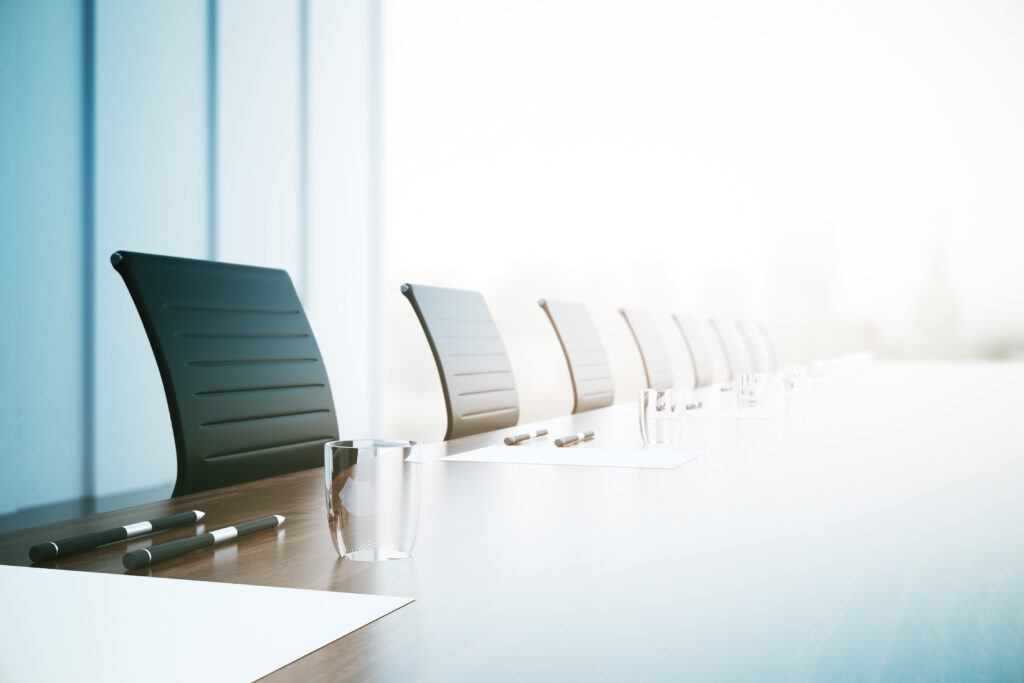 The nature of the agricultural commodities markets is one of adjustments. The livestock industry could tell quite a story of adjustment as feed ingredient costs soared from 2009 through 2013. The industry saw instances of bankruptcy, reductions in inventory and overall reductions in industry capacity. Of course, adjustment in the row crop industry during this time was required as well.
The nature of the agricultural commodities markets is one of adjustments. The livestock industry could tell quite a story of adjustment as feed ingredient costs soared from 2009 through 2013. The industry saw instances of bankruptcy, reductions in inventory and overall reductions in industry capacity. Of course, adjustment in the row crop industry during this time was required as well.
Seed companies often struggled to keep up with demand as seed production was limited and farmers looked to adopt technology at a rapid pace. The farm machinery industry also struggled to meet demand, often with long lags between farmer orders and actual delivery as factories stretched their capacity to the maximum.
Today, the pendulum is swinging in the other direction. Livestock industries are enjoying a resurgence of sorts as feed prices moderate. The livestock industry is seeing a slow rebuilding of inventories and overall industry capacity, particularly in pork and poultry, with beef cattle lagging behind due to lingering drought impacts.
On the other hand, the crop industry, particularly the row crop and small grains industry, is bracing for lower prices and farm income, maybe for an extended period. The livestock industry is built on continual flows of inventories and relatively modest asset investments, which allows the industry’s cost structure to be less fixed and more variable.
The crop industry is not as fortunate. It is characterized by a relatively high fixed cost relative to variable costs, causing adjustments to be slower in nature. This means that crop producers may operate with low or negative margins for an extended time while searching diligently for ways to manage costs and losses.
If you are an input supplier in the row crop markets, how do you prepare for this adjustment? One might argue that sales of variable inputs such as seed, fertilizer and chemicals may not be affected by the downturn as much since “you can’t farm without them.” Nonetheless, at the margin, producers have options, including reductions in the use of fertilizers, either by reducing P and K in corn production or shifting to soybeans that require much lower amounts of fertilizer.
In addition, we could expect farmers to be less willing to adopt the latest seed technologies, choosing to stick with their current technology package, or maybe even backing off of this technology a little bit. Perhaps farmers will look at those late-season crop protection products as luxuries they can’t afford when prices per bushel are half what they were just a year earlier. A prudent business in this environment would focus on careful management of inventories, scrutiny of accounts receivable and financing packages to ensure customer repayment capacity, as well as product positioning and communications that focus on ability to reduce costs per bushel produced while maintaining productivity.
The ability to shift product mix towards products that have higher margins for your company while meeting the farmer’s desire for cost control and productivity maintenance could prove important in the next few years. Finally, selling may have become a lost art in the recent run-up in crop prices that created an easy willingness for farmers to try new things. Preparing your sales force to sell again may be a critical investment to make.
And what about the machinery side of the industry? Unlike the variable inputs part of the business, farmers don’t need new machinery to farm. They can likely get by with the machinery they have on hand in the short to intermediate term, particularly given the rapid reduction in the age of machinery over the last several years as many farms were able to upgrade their machinery complement.
Almost assuredly, the demand for new equipment is going to decline over the next several years. Manufacturers have already signaled their adjustment to this new environment by slowing down line speeds and cutting production shifts.
But, these types of adjustments are not as easy at the retail level. Instead, machinery retailers will have to focus on inventory management for both new and used equipment, careful pricing of any trade-ins and shift toward selling services.
Farmers are likely to be focused on extending the life of their equipment rather than replacing it. This may provide opportunities to sell extended warranties, off-season maintenance programs and no-business-interruption service plans where replacement machines can be quickly provided while the farmer’s machine is being serviced. This may provide the opportunity to position your parts store offering as a high-service, high-value part of your offering that differentiates you in the marketplace.
In addition, the livestock portion of the industry may be in a reinvestment mode, providing the potential to shift the inventory mix towards utility horsepower and haying equipment that meets the needs of these customers.
Regardless of the part of the agricultural market you engage in, adjustment is the name of the game. Thinking carefully about your customers’ shift in mind set can help you prepare. Thinking about your product mix to meet these shifting needs while keeping a careful eye on which products provide you with margin opportunities can help maintain and even enhance profit margins.
Managing inventory levels and being diligent about the credit worthiness of your customers will be key in minimizing costs for the slower parts of the industry.
If you are focused on the livestock industry, there may be opportunities to move farmers into higher-technology products and equipment that enhance productivity. Finally, preparing your sales force to send your message of value and productivity for the customer will allow you to weather the industry adjustment and position you well for the invariable shift in the markets that will come again.
For more insight from Allan Gray, attend the Agricultural Retailers Association (ARA) Management Academy at Purdue University. Click here to learn more.
:



